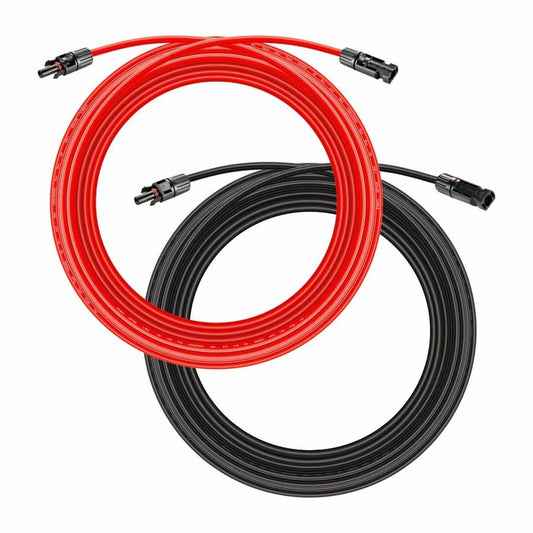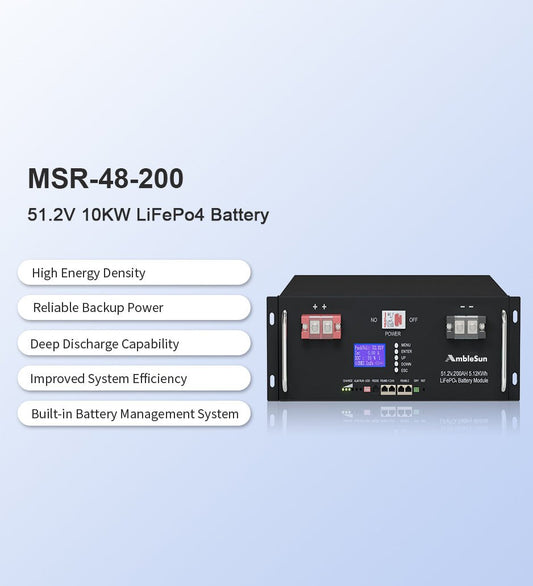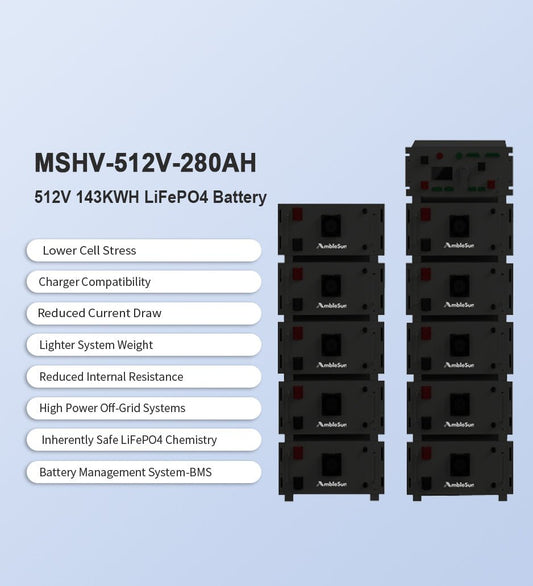Your Cart
The Ultimate Guide to 100kw

The Ultimate Guide to 100kw: A Comprehensive Exploration of Power Generation and Efficiency
Delve into the world of power generation and efficiency with The Ultimate Guide to 100kw, a comprehensive exploration that caters to a general readership. This article offers in-depth insights and practical guidance on various aspects of power generation, ensuring that readers gain a deep understanding of the subject matter while addressing their diverse needs and interests. From renewable energy sources to the latest technological advancements, this guide covers it all, providing high-quality information for anyone interested in the topic.
How much is a 100kW?
A 100-kilowatt (kW) power output is equivalent to 100,000 watts (W).
To give some perspective on what 100 kW can power:
-
Electric Cars: A 100 kW electric motor is common in many electric cars, providing enough power to accelerate smoothly and maintain highway speeds.
-
Homes: The average U.S. home uses about 10-12 kWh (kilowatt-hours) per day. A 100 kW source could theoretically power about 8–10 homes for an hour if operating continuously at full capacity.
-
Small Businesses or Buildings: It could be used for medium to large HVAC systems, lighting, and appliances in a building or a small business.
-
Industrial Use: Many machines in small factories or commercial kitchens use power in this range, making 100 kW suitable for industrial-scale machinery or moderate production lines.
Looking for a reliable backup generator for home? Our 100kWh, 100 kWh generator is the perfect solution. With its high power output, it can keep your essential appliances running during power outages, providing you with peace of mind and uninterrupted comfort. Don't let unexpected blackouts disrupt your daily routine – invest in our powerful backup generator today.
What can 100 kilowatts power?
A 100 kW power capacity can handle a surprisingly broad range of energy needs, from small industrial uses to supporting entire buildings. Here are a few real-world examples to put this power level into perspective:
1. Electric Vehicles
- Many electric cars, like the Nissan Leaf or BMW i3, operate on motors around 100 kW, offering enough power for highway driving, acceleration, and daily commuting.
2. Residential Power for Homes
- An average U.S. home uses about 1-2 kW per hour at peak times. With continuous 100 kW power, this could theoretically power 50-80 homes at once for things like lighting, appliances, and moderate HVAC use (though this would vary by energy efficiency and climate).
3. Small Commercial Buildings or Offices
- A small office building or retail space can easily run on 100kW, powering lighting, computers, HVAC, and other standard equipment. This could cover a small to medium office with dozens of employees.
4. Industrial Machinery
- In industrial settings, 100 kW can power moderate-scale equipment, such as pumps, conveyor belts, and specific manufacturing machinery, making it ideal for small factories or workshops.
5. Renewable Energy and Battery Storage
- In renewable energy systems, a 100 kW solar or wind array can generate a substantial amount of power, suitable for grid-tied systems that support multiple homes or even small neighborhoods.
- Similarly, a 100 kW battery storage system can offer a few hours of power for a building, acting as a backup or helping manage peak power demands.
6. Electric Heating or Cooling Systems
- 100 kW can supply enough power to run large HVAC systems in commercial buildings or even some data centers, keeping spaces cool or heated without overloading the system.
In sum, 100 kW is a versatile level of power, often used for small-to-medium commercial settings, industrial equipment, and high-capacity systems like electric vehicle motors and renewable energy storage setups.
Understanding Power Generation and Efficiency
Power generation is the process of producing electrical energy from various sources such as solar, wind, hydroelectric, and fossil fuels. When we talk about 100kw power generation, we are referring to the generation of 100 kilowatts (kW) of direct current (DC) power. This level of power generation is commonly used in commercial solar, industrial solar, and other large-scale energy systems.
The importance of power generation efficiency cannot be overstated. Efficiency directly impacts the cost and environmental impact of power generation. Higher efficiency means more power output for the same input, leading to cost savings and reduced emissions. Factors affecting power generation efficiency include the type of energy source, the technology used in the generation process, and the maintenance of the power generation system.
A 100kW battery storage system, utilizing lithium iron phosphate LiFePO4 battery, is a reliable and cost-effective solution for storing renewable energy. With its long cycle life, high energy density, and efficient performance, this battery technology is well-suited for various applications, including residential, commercial, and industrial energy storage. Additionally, the use of LiFePO4 batteries contributes to the sustainability of energy systems by enabling the integration of renewable energy sources and reducing reliance on non-renewable resources. Its advanced safety features and thermal stability make it an ideal choice for meeting the increasing demand for reliable and environmentally friendly energy storage solutions.
Renewable Energy Sources for 100kw Power Generation
Solar Power for 100kw Generation
Solar power is a popular choice for 100kw power generation due to the abundance of sunlight. Photovoltaic (PV) panels convert sunlight directly into electricity, making it a clean and sustainable energy source. With advancements in solar technology, the efficiency of solar panels has significantly improved, making solar power an attractive option for 100kw generation.
Wind Power for 100kw Generation
Wind power is another renewable energy source suitable for 100kw generation. Wind turbines harness the kinetic energy of the wind and convert it into electricity. The scalability of wind power makes it suitable for 100kw generation, especially in areas with consistent wind patterns.
Hydroelectric Power for 100kw Generation
Hydroelectric power utilizes the energy of flowing water to generate electricity. While large-scale hydroelectric dams are common, smaller-scale hydroelectric systems can also be used for 100kw generation, especially in areas with access to flowing water sources.
Technological Advancements in 100kw Power Generation
Smart Grid Technology for 100kw Generation
Smart grid technology integrates digital communication and advanced sensors into the traditional power grid, allowing for more efficient and reliable 100kw power generation and distribution. It enables better management of power generation and consumption, leading to improved overall efficiency.
Energy Storage Solutions for 100kw Generation
Energy storage systems (ESS) such as lithium iron phosphate (LiFePO4) batteries play a crucial role in 100kw power generation. These batteries can store excess energy generated during periods of low demand and supply it during peak demand, enhancing the overall efficiency of the power generation system.
Microgrid Systems for 100kw Generation
Microgrid systems are localized grids that can operate independently or in conjunction with the main electrical grid. They offer increased resilience and efficiency for 100kw power generation, especially in remote or off-grid locations.
Maximizing Efficiency in 100kw Power Generation
Maintenance and Monitoring for Optimal Efficiency
Regular maintenance of power generation equipment, including air filters, spark plugs, and electrical components, is essential for ensuring optimal efficiency. Monitoring systems can also provide real-time data to identify and address any inefficiencies promptly.
Energy Management Systems for 100kw Generation
Energy management systems (EMS) help optimize 100kw power generation by intelligently controlling and monitoring energy usage. These systems can analyze data to identify areas for improvement and implement strategies to maximize efficiency.
Future Trends in 100kw Power Generation and Efficiency
The future of 100kw power generation and efficiency is likely to be shaped by advancements in renewable energy technologies, energy storage solutions, and digitalization. Innovations such as portable resistive load banks for testing and commissioning, range extenders for electric vehicles, and advanced control systems are expected to further enhance efficiency and sustainability.
No comments
















0 comments